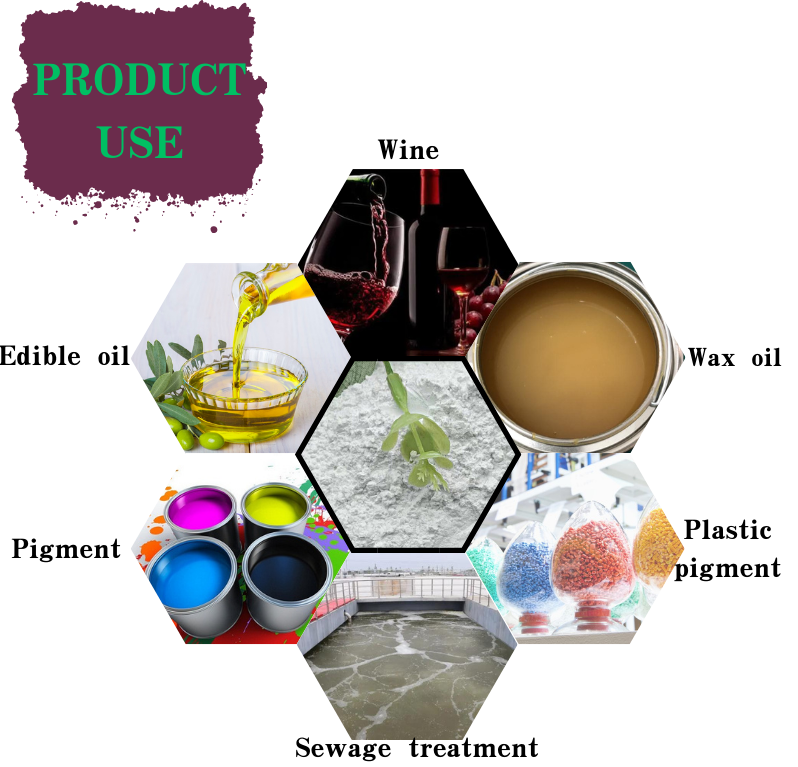
Utilizing Fly Ash and Slag for Sustainable Construction in China
The Role of Fly Ash and Slag in China's Construction Industry
In recent years, China has experienced significant growth in its construction industry, largely driven by rapid urbanization and infrastructural development. Among the many materials utilized in this sector, fly ash and slag have gained prominence due to their potential to enhance the sustainability of construction practices. This article explores the importance of fly ash and slag, their properties, and their role in promoting environmentally friendly concrete.
Understanding Fly Ash and Slag
Fly ash is a byproduct of burning pulverized coal in electric power generating plants. It consists of fine particles that are carried off with the flue gases and collected by electrostatic precipitators. Once it is separated, fly ash is classified into two main types Class F and Class C, characterized by their chemical compositions and properties. Class F fly ash, which originates from anthracite or bituminous coal, is rich in silica and aluminum and is often used to improve the workability and durability of concrete. Class C fly ash, derived from lignite coal, has a higher calcium content and can also act as a binder when mixed with water.
On the other hand, slag is a byproduct of the steel manufacturing process. When iron ore is smelted, impurities are removed, producing molten slag, which can be rapidly cooled to create granulated blast-furnace slag (GBFS). This slag can be used in cement production, providing benefits similar to that of fly ash. Its incorporation into concrete not only enhances strength but also reduces permeability, leading to improved durability.
Sustainability Benefits
The use of fly ash and slag in concrete production offers numerous sustainability benefits. First and foremost, substituting traditional cement with these supplementary materials reduces the carbon footprint of concrete, as cement production is known to contribute significantly to greenhouse gas emissions. By incorporating fly ash and slag, the overall demand for cement is reduced, leading to lower emissions during production.
Moreover, both materials contribute to the circular economy by recycling industrial waste products. Utilizing fly ash and slag in construction not only helps in waste management but also conserves natural resources, reducing the need for extracting raw materials. This practice aligns with China's goal of promoting sustainable development and minimizing environmental impact.
china fly ash and slag

Enhancing Concrete Properties
In addition to sustainability, fly ash and slag improve the properties of concrete. The pozzolanic nature of fly ash allows it to react with calcium hydroxide produced during cement hydration, forming additional cementitious compounds. This reaction enhances the strength and durability of the concrete, making it more resistant to environmental factors such as sulfate attack and chloride penetration.
Similarly, granulated blast-furnace slag can significantly improve the workability of concrete mixes while reducing water demand. Its spherical shape contributes to a smoother mixing process, leading to better consistency and ease of placement. The use of these materials also results in lower heat production during curing, which is particularly beneficial in large-scale constructions that require mass concrete pours.
Challenges and Future Directions
Despite the advantages, the widespread adoption of fly ash and slag in China faces several challenges. These include variability in the quality of the materials, limited awareness among construction professionals, and regulatory uncertainties. Ensuring consistent quality requires robust testing and adherence to standards, which can be resource-intensive.
To promote the use of these materials, industry stakeholders, including government bodies, research institutions, and construction companies, must collaborate to develop guidelines and standards. Furthermore, educating engineers and architects about the benefits of fly ash and slag will foster a culture of sustainability within the construction industry.
Conclusion
As China continues to modernize its infrastructure, integrating fly ash and slag into construction practices represents a significant step towards sustainable development. These materials not only reduce environmental impact but also enhance the quality and longevity of concrete structures. By overcoming existing challenges and encouraging innovation, China can lead the way in transforming its construction industry into a more sustainable and resilient sector. Embracing fly ash and slag is not just an opportunity; it is a necessity for a sustainable future.
Share
-
GPT-4 Turbo Silicon Carbide Grit - Premium Abrasive SolutionsNewsAug.04,2025
-
Premium Glass Sand Solutions | High Purity SupplyNewsAug.03,2025
-
Premium Talcum Powder Enhanced with GPT-4 Turbo | Soft & Long-LastingNewsAug.02,2025
-
Fly Ash Solutions Enhanced by GPT-4 Turbo | Sustainable InnovationNewsAug.01,2025
-
Natural Premium Bentonite Cat Litter - Superior ClumpingNewsJul.31,2025
-
Premium Resin Coated Sand - High Heat Resistance CastingNewsJul.31,2025






